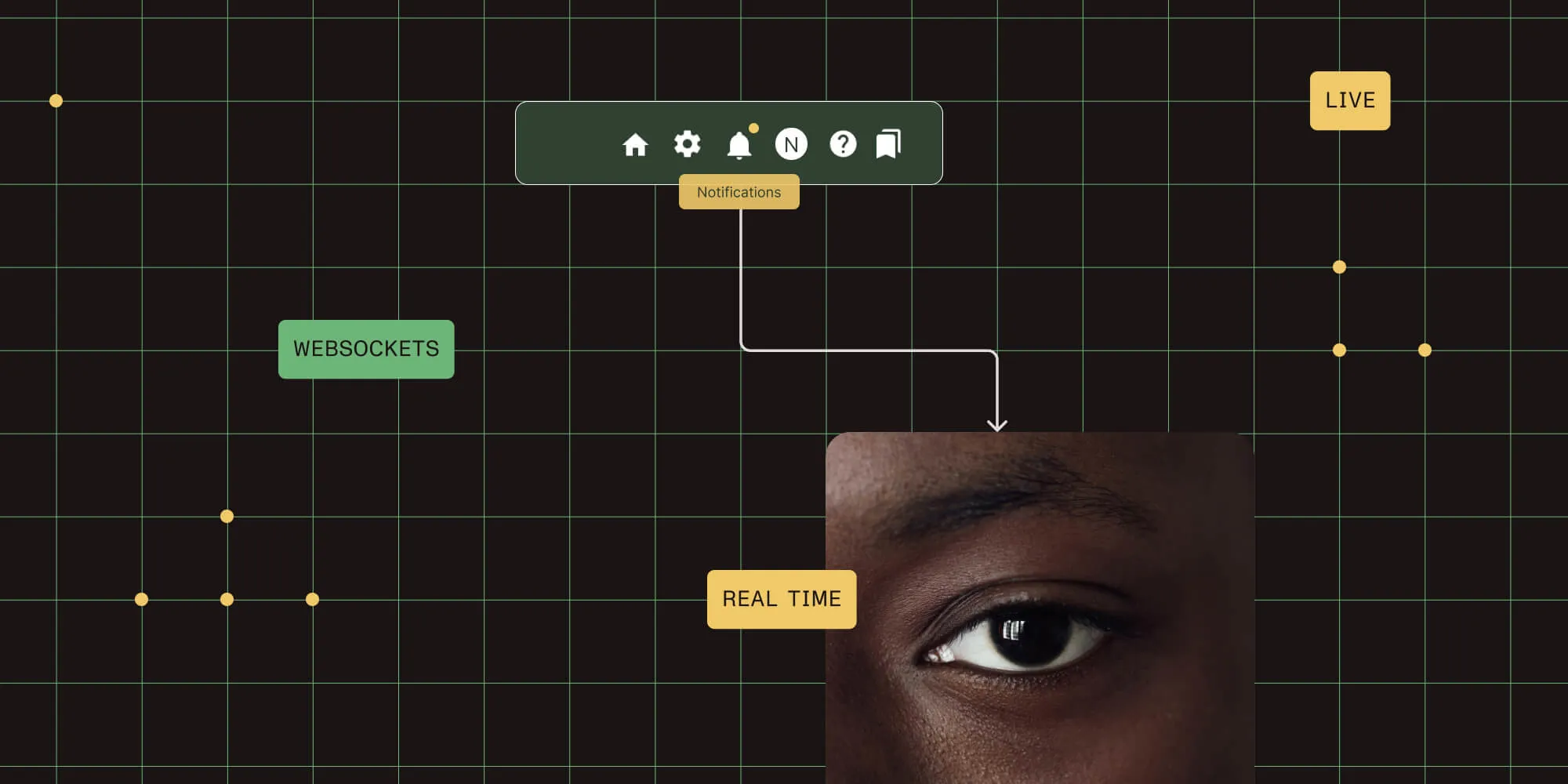How To Calculate Productivity
Table of contents

Before understanding how to calculate productivity, we must first ask ourselves, what does productivity actually mean?
Productivity is the amount of output created by an individual, a team, or an organization related to the amount of input that went into it.
While it is especially important to maintain productive patterns at work, incorporating productive routines into everything you do will boost your personal efficiency as well. In this article, we will dive into three ways you can precisely calculate productivity, whether it be with a team or individually, to ensure you're on track to reach your goals.
You can use three methods to measure productivity: feedback, revenue productivity, and task completion.
Feedback
Giving and receiving feedback is always a good way to get a different perspective on performance. It can be a positive reinforcement to encourage that accomplishments are making a difference. On the other hand, giving and receiving constructive criticism can push you or your employees out of stagnation. By giving regular feedback, you can assess whether or not it is mostly positive or mostly negative. This will help calculate individuals or a team's overall productivity, and then make adjustments from there.
Researchers Joshua Freedman and Carina Fiedeldey-Van Dijk unearthed that useful feedback could boost overall productivity by as much as 16 percent in a study on workplace productivity(opens in a new tab). Whether it be good or bad feedback, employees appreciate a constant evaluation of their efforts to better predict how they can be more efficient in the future.
Regarding measuring employees' productivity using this method, you should ask each employee to rate their own performance as well as their coworkers to collect insight into everyone's progress. This is called the 360 approach(opens in a new tab), and while at first, it may sound contentious, by requiring everyone to keep everyone accountable, there is little room for things to go wrong. Keeping in mind that feedback can sometimes include emotional components, it is important to focus on the action, not the person.
Feedback is used to tell people how they are performing and where there is room for improvement. Both negative and positive feedback can be highly successful in motivating the person to either continue what they are doing, or to make some changes. As we all know, communication is key. Employees want to know how their work is stacking up, especially in an organization when everyone has the same goal. To succeed.
Revenue Productivity
One of the most common ways to identify productivity is by analyzing productivity through revenue. It's clear that if your numbers aren't adding up to your efforts, there is definitely a disconnect that needs to be pinpointed. As they say, "the proof is in the pudding." This is a sure-fire strategy to measure your company’s productivity using a simple equation.
You can calculate the average revenue productivity by first determining the company’s revenue for a significant period of time you wish to assess. This is done by multiplying the number of units/services sold by the price of each unit/service individually. Then you will need to figure out what the total operating costs were for your organization during the same period of time. These costs should include overhead, materials, rent, equipment, wages, and utility bills.
Now, you’re ready to calculate the actual productivity. Divide the revenue by the operating costs to get a ratio of revenue per dollar input in the organization. Numbers don't lie, and the best part about this method is that productivity can perpetually be calculated at any point in time. Meaning you can always figure out if you're staying on track to meet your goals.
Once productivity is measured with this method, it will be clear to see where you or your organization stands concerning productivity. From then on, you can calculate a plan moving forward to change active practices or come to an understanding that you are right where you need to be.
Task Completion
Now that we know what productivity means concerning business, let's look at what productivity means as a more abstract concept. When people think about what it truly means to be productive, they think of cutting out wasteful activities and replacing them with rewarding ones that are worthwhile. This goes hand in hand with efficiency. Seeing your intended tasks through promptly will help to foster a productive routine that you can stick with, in all aspects.
There are ways this can be accomplished, starting with organization. Using tools like a planner, task management applications, team scrums, or any method that lists out assignments by priority is one way to hold yourself accountable. In addition, breaking down all of your duties into one-by-one tasks will help compartmentalize your workload, creating more doable and less overwhelming work.
All in all...
When calculating productivity, a common misconception is that it's all about quantity (especially when you're measuring using numbers). It is imperative not to get wrapped up in the amount of output but to focus on the output's quality. It is simply not enough to complete tasks but to complete them well.
Measuring productivity is crucial to an organization's success but also for holding yourself to your own personal standard.
What are some ways you maintain a productive routine?







